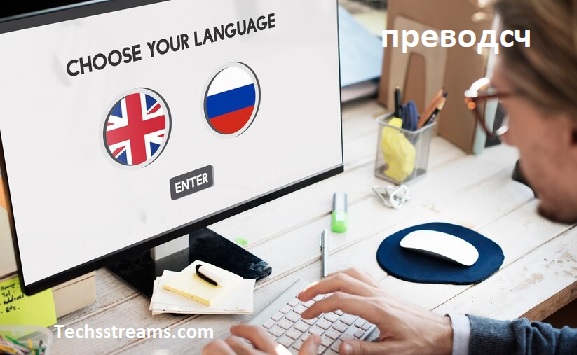
Translation, or преводсч, is more than just converting words from one language to another. It’s an intricate process that involves understanding nuances, cultural contexts, and the art of communication. In this article, we delve into the world of преводсч, exploring its significance, challenges, evolution, and future trends.
Understanding the Role of преводсч
At its core, преводсч serves as a bridge between languages, facilitating communication and understanding across diverse cultures and regions. Whether it’s translating literary works, legal documents, or marketing materials, the role of преводсч is indispensable in our globalized world.
Importance of Quality преводсч
One of the primary objectives of преводсч is to maintain accuracy. A precise translation ensures that the intended message is conveyed without distortion or ambiguity, preserving the original meaning of the text.
Contextual Understanding
Beyond literal translation, quality преводсч requires a deep understanding of the context. Translators must grasp the underlying nuances, cultural references, and idiomatic expressions to convey the message effectively.
Cultural Sensitivity
Culture plays a pivotal role in language, influencing expressions, beliefs, and values. A skilled преводсч must navigate cultural differences with sensitivity, ensuring that the translation resonates with the target audience.
Common Challenges in преводсч
Languages are rich and complex, often presenting challenges in translation. Nuances in grammar, syntax, and semantics can pose obstacles, requiring translators to have a profound understanding of both languages.
Idioms and Phrases
Idioms and phrases are integral parts of language but can be perplexing to translate directly. Translators must decipher the meaning behind idiomatic expressions and find equivalent phrases in the target language.
Technical Jargon
Specialized fields like medicine, law, and technology have their own lexicons and terminology. Translating technical jargon requires expertise and familiarity with industry-specific terms to maintain accuracy.
The Evolution of преводсч
Traditionally, преводсч was a manual process, reliant solely on human translators. However, advancements in technology have revolutionized the field, introducing automated translation solutions and sophisticated language tools.
Tools and Technologies
Machine translation utilizes algorithms to translate text automatically. While it offers speed and efficiency, the quality may vary, often lacking the nuanced understanding of human translators.
Computer-Assisted Translation (CAT) Tools
CAT tools aid human translators by providing features like translation memory, terminology management, and alignment tools. These tools enhance productivity and consistency in translation projects.
NMT employs artificial neural networks to improve translation quality. By analyzing vast amounts of data, NMT systems can generate more accurate and contextually relevant translations.
While machine translation offers convenience, human преводсч retains certain advantages.
Pros and Cons
Human translators excel in capturing nuances, cultural subtleties, and creative expressions. However, they may be slower and more expensive compared to automated solutions.
The Role of Human Touch
In sensitive or complex contexts, human translators provide invaluable expertise and intuition. Their ability to adapt to diverse linguistic challenges ensures accurate and culturally appropriate translations.
Best Practices for Effective преводсч
Thorough research is essential before embarking on a translation project. Translators must familiarize themselves with the subject matter, terminology, and target audience to deliver high-quality results.
Clear communication with clients is paramount in преводсч projects. Establishing expectations, addressing concerns, and seeking feedback ensure a collaborative and successful translation process.
Proofreading and Editing
Reviewing translated content is crucial for quality assurance. Proofreading and editing help eliminate errors, refine language, and ensure consistency in style and tone.
Artificial Intelligence Integration
The integration of artificial intelligence continues to shape the future of преводсч. Advanced algorithms and machine learning models enhance translation accuracy and efficiency.
Localization goes beyond translation, adapting content to suit specific regions, cultures, and preferences. Future преводсч solutions will prioritize localization to deliver more personalized and impactful experiences.
Different industries have unique translation requirements. From legal documents to medical records, tailored преводсч solutions will cater to specific industry needs, ensuring precision and compliance.
Conclusion
Преводсч is a multifaceted process that transcends language barriers, enabling communication and connection on a global scale. As technology evolves and demands grow, the role of преводсч will continue to be indispensable, bridging cultures and facilitating understanding.